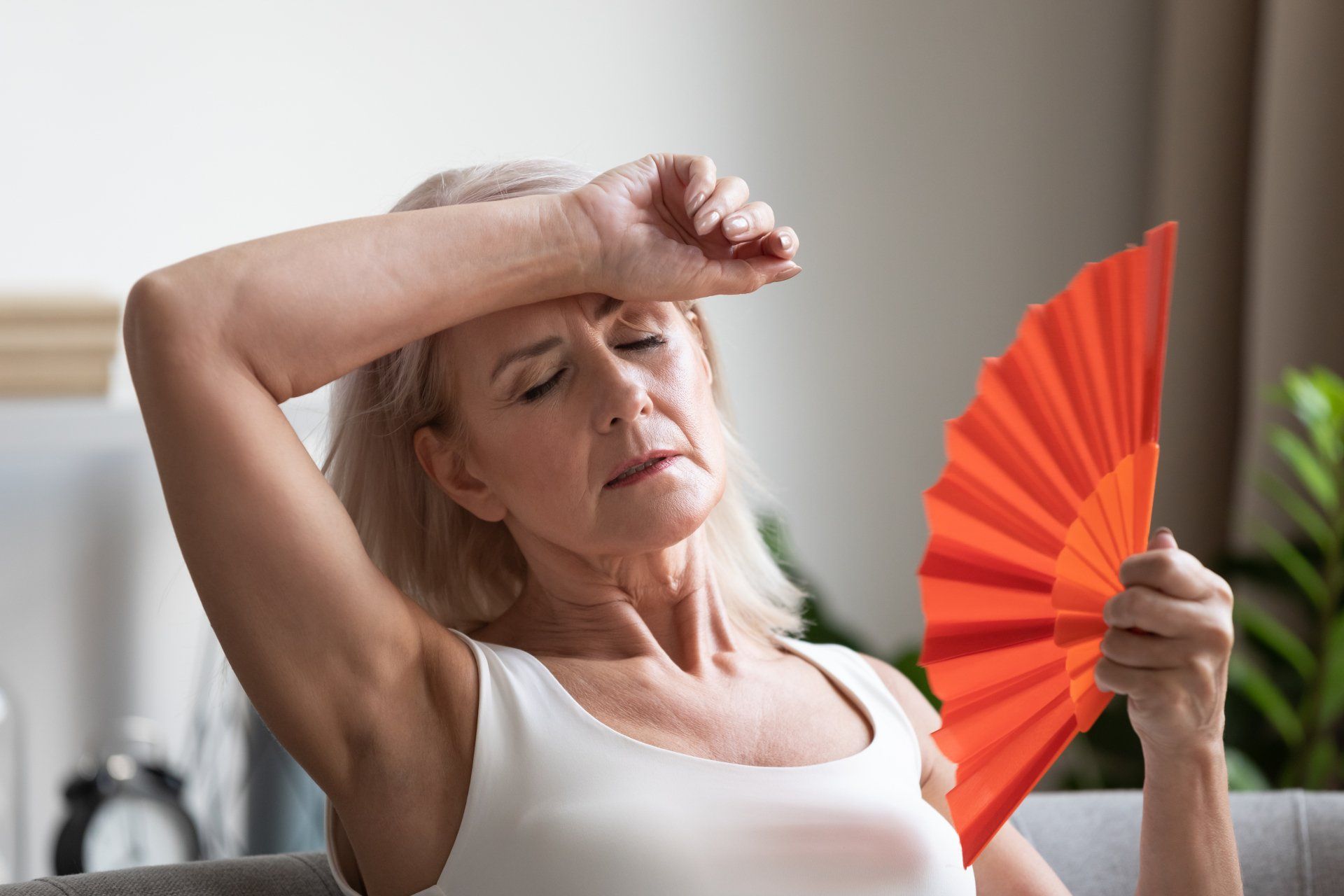4 Prevalent Breast Problems
Your breasts change with factors like age, menstrual cycle, and pregnancy. Some changes are regular and should not work you up, but many other changes call for medical attention. Consult a specialist if you experience an irregular pattern of abnormal breast shifts. Discover four breast issues that require medical intervention.
1. Breast Pain
Breast pain or mastalgia could be cyclic or noncyclic and ranges from minute to severe. Whereas many women with mastalgia experience a breast cancer scare, you should not worry yourself sick. Mastalgia is not always related to breast cancer.
Cyclical mastalgia is often hormonal and comes around the ovulation period until the onset of menstruation. Pain worsens the last days before you get your period. The discomfort usually affects both breasts and is generally accompanied by breast swelling.
Noncyclic mastalgia is not linked to menstruation; you get the pain in one place. Noncyclic mastalgia is rare but usually occurs after menopause. This condition usually affects one breast and may manifest as constant or intermittent pain.
2. Fibroadenoma
Fibroadenoma is a non-cancerous lump that consists of stromal tissue and breast tissue. You can get fibroadenoma on one or both breasts. Fibroadenoma comes in various categories: simple, complex, juvenile, and giant.
Some fibroadenomas are so tiny that you will not even feel the lumps. Nevertheless, when you identify one, the tumor is very distinct from nearby tissue. That is because fibroadenomas have a distinguishable feature with defined edges. Besides, the tumor feels like marbles and can move beneath your skin.
Whereas the exact origin of fibroadenomas is unknown, hormones like estrogen facilitate the tumor's growth. Some fibroadenomas resolve without medical intervention, but you should not overlook a checkup if you suspect you have one.
3. Mastitis
Mastitis is a condition where your breasts swell and develop pain. You are at more risk of mastitis when breastfeeding because your ducts are blocked. Nevertheless, men and women who have not breastfed also get mastitis. In such cases, causes range from tobacco toxins to nipple damage.
Often, mastitis affects one breast, and the symptoms develop within a short time. Common symptoms include:
- A hard wedge-shaped area
- White or bloody nipple discharge
- A constant burning pain or painful breasts
If you breastfeed and get constant mastitis, the problem could be with the attachment position. So, if you experience any issues when you breastfeed, seek help from a midwife or a gynecology services specialist.
4. Breast Lumps
A lump or a mass feels like a frozen nut and is hard or distinct from the other parts of your breast. Notable causes are cancer, cysts, and fibroadenomas. Menstruation can also cause breast lumps that disappear before or at the end of the cycle.
Whereas the best course of action when you notice a lump is to consult a doctor, medication is not always necessary. Your doctor examines you and could recommend an ultrasound or mammogram to study the lump. Medication depends on the lump type. For instance, if your issue is an abscess, a specialist lances or drains the lump with a specialized needle and prescribes antibiotics.
Some lumps, like fibroadenoma and injuries-related lumps, do not need removal. Nonetheless, you can never tell the type of lump unless you take a test. At worst, breast lumps signify breast cancer. However, you should not worry because you can live a normal life with proper treatment and care.
Due to the rise in breast cancer, breast problems often cause significant anxiety in patients. Nonetheless, breast problems do not always indicate that you are cancerous. If you discover any abnormal breast changes, contact FemmeWell. We offer extensive female gynecological care that meets all your needs.















